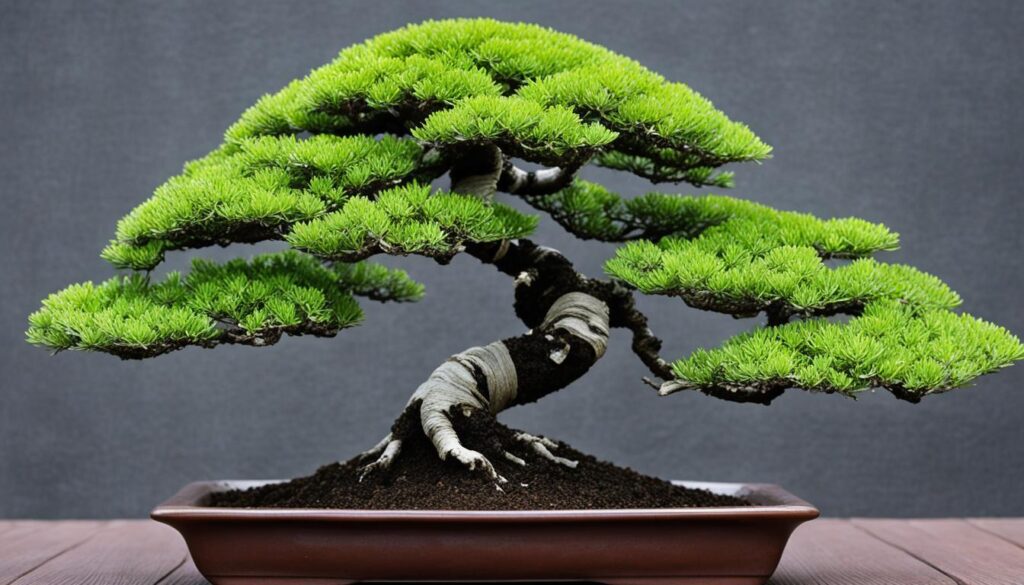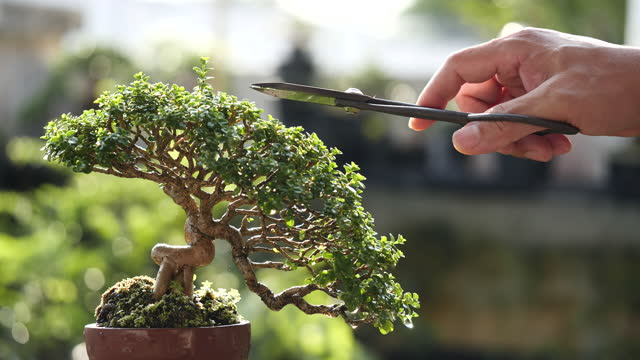If you are an avid bonsai enthusiast, you’ve probably heard of akadama soil. This unique soil has gained popularity among bonsai growers for its exceptional qualities that make it the ideal choice for nurturing bonsai trees. Regardless of whether you’re a beginner or an experienced bonsai gardener, understanding the benefits and properties of akadama soil is essential for successful bonsai cultivation.
Akadama soil, also known as bonsai soil, is renowned for its ability to provide the optimal environment for bonsai tree growth. Its composition and texture contribute to excellent water retention and drainage, creating the perfect balance for root development of growing bonsai. This natural Japanese clay soil is highly sought after by bonsai enthusiasts around the world for its superior qualities and compatibility with bonsai trees.
In the following sections, we will delve deeper into what akadama soil is, its uses in bonsai cultivation, and explore whether it is the right choice for your bonsai plants. So let’s discover why akadama soil is the popular soil for bonsai and why it should be a crucial component of your bonsai-growing journey.
What is Akadama?
Akadama is a type of clay soil that is specifically produced for bonsai purposes. It is a key component of bonsai soil mixes and is commonly used in Japan and around the world for cultivating bonsai trees.
Akadama soil is derived from volcanic ash and is known for its unique properties that make it highly suitable for bonsai cultivation. It is sourced from the ancient volcanic region of Akadama in Japan, which gives it its name.
Akadama has excellent water retention capabilities, allowing it to absorb and retain moisture without becoming waterlogged. This allows bonsai trees to receive a steady supply of water, promoting healthy root development and preventing issues such as root rot.
In addition to its water retention properties, akadama soil also provides exceptional drainage. It has a porous structure that allows excess water to drain away efficiently, preventing waterlogging and maintaining optimal oxygen levels in the root zone.
The unique particle size and texture of akadama soil allow for proper aeration, ensuring that the roots receive essential oxygen. This promotes root development, leading to the overall health and vigor of bonsai trees.
Akadama is also rich in essential minerals, providing important nutrients to bonsai trees. Its composition includes a balance of macronutrients and micronutrients that support healthy growth and development.
Overall, akadama is valued for its ability to create an ideal growing environment for bonsai trees. Its unique properties make it an integral component of bonsai soil mixes, providing the necessary water retention, drainage, and aeration for successful bonsai cultivation.
What is Akadama Soil Used for?
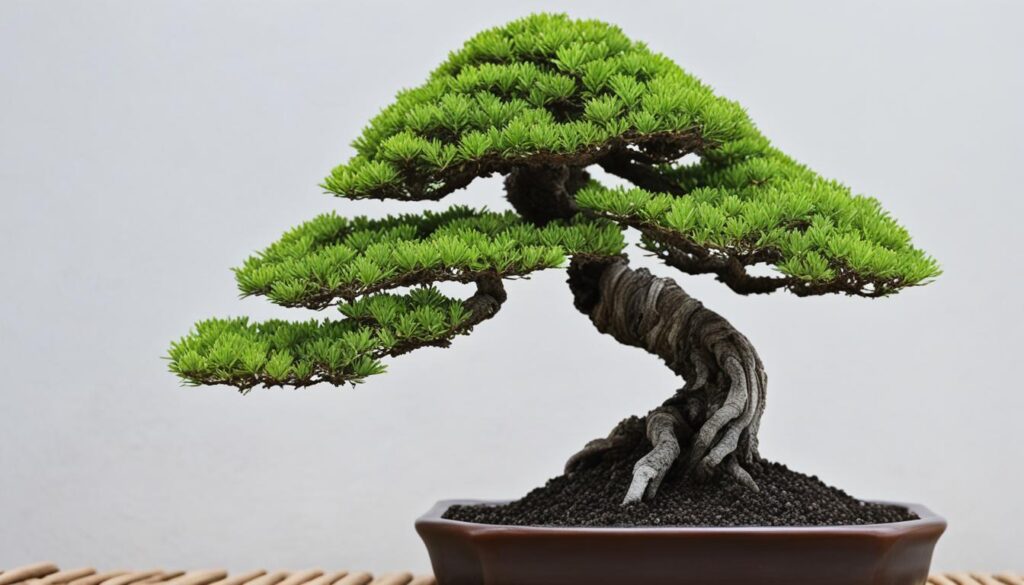
Akadama soil is a versatile plant substrate widely used in bonsai cultivation for its exceptional qualities and benefits. Its unique combination of water retention and excellent drainage makes it the preferred choice for bonsai enthusiasts. Let’s explore the various uses of akadama soil in bonsai cultivation.
1. Repotting: When it comes to repotting bonsai trees, akadama soil is the go-to choice for many growers. The porous nature of akadama allows for proper root aeration while retaining essential moisture, promoting healthy root growth and preventing root rot.
2. Root Development: Akadama soil provides an ideal environment for the development of strong and healthy roots. Its excellent drainage ensures that the roots receive adequate oxygen, while its water retention properties prevent them from drying out. This promotes vigorous root growth and enhances overall tree health and vitality.
3. Soil Amendment: Akadama soil acts as an excellent soil amendment for bonsai cultivation. When mixed with other organic or inorganic components, it helps create a balanced soil composition that promotes optimal nutrient uptake and aids in maintaining the pH level suitable for bonsai trees.
To better understand the uses of akadama soil, let’s take a look at the following table:
| Use of Akadama Soil | Benefits |
|---|---|
| Repotting | – Ensures proper root aeration – Prevents root rot – Promotes healthy growth |
| Root Development | – Enhances oxygen supply to the roots – Prevents dehydration – Stimulates vigorous root growth |
| Soil Amendment | – Improves nutrient uptake – Maintains suitable pH levels – Enhances overall tree health |
As you can see, akadama soil plays a crucial role in the successful cultivation of bonsai trees. Its unique properties make it an indispensable component of bonsai soil mixes. Whether you’re repotting your bonsai, encouraging root development, or amending the soil, akadama soil provides the perfect foundation for healthy and thriving bonsai trees.
What is a substitute for akadama?
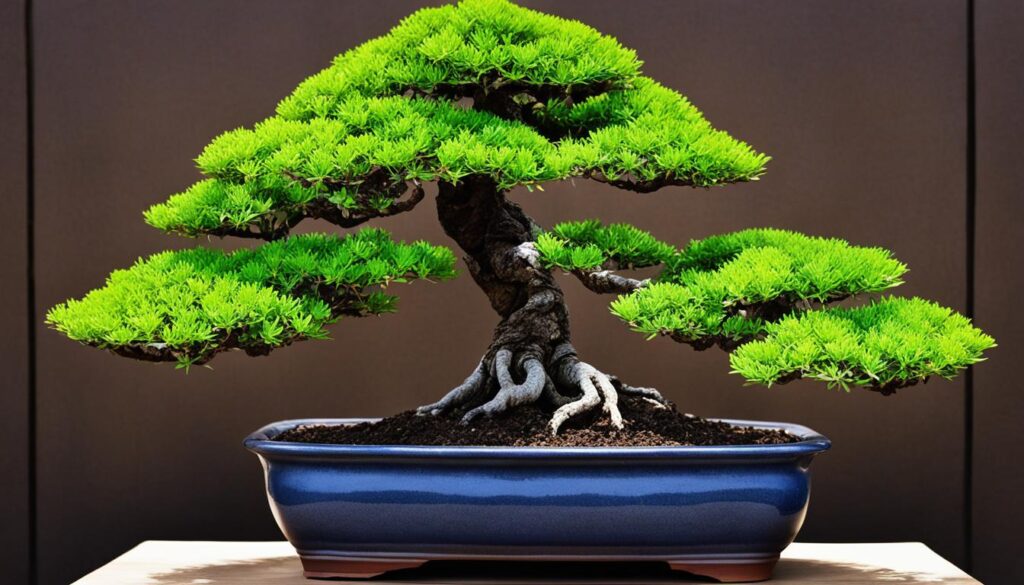
While akadama soil is highly regarded in the bonsai community, it may not be readily available or affordable for some growers. If you’re unable to find akadama or are looking for alternative options, there are other types of soil that can be used as substitutes for bonsai cultivation. Here are a few alternatives to consider:
- Other types of clay soil: Clay soils with similar properties to akadama can be used as substitutes. Look for clay soils that have good drainage and water retention capabilities, as these are crucial for maintaining the health of bonsai trees. Examples include Kanuma soil from Japan and Turface, a type of calcined clay soil often used in sports field construction.
- Volcanic soil: Volcanic soil, such as pumice or lava rock, can be used as a component in bonsai soil mixes. These types of soil offer excellent drainage and aeration, which are important for maintaining healthy root systems in bonsai trees.
- Commercial bonsai soil mixes: Many companies offer pre-mixed bonsai soils that are designed to provide the necessary balance of drainage and water retention. These commercial mixes often include a combination of organic and inorganic components to promote optimal growth and development of bonsai trees. Some popular brands include Fujiyama Bonsai Soil, Akadama Bonsai Soil Mix, and NAPA Bonsai Soil Mix.
It’s important to note that while these alternatives can be used as substitutes for akadama, they may have slightly different properties and may require adjustments in watering and fertilization routines. Experimentation and careful observation of your bonsai trees’ response to different soils will help you determine the best substitute for your specific requirements.
Must read: Best Bonsai Soil: Top Mixes Reviewed
Is Akadama good for all plants?
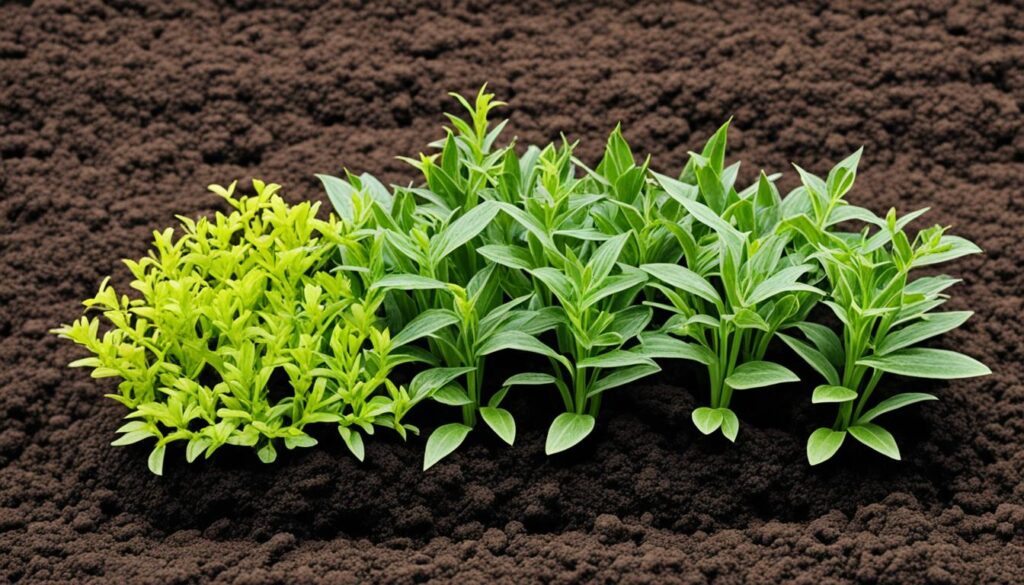
Although akadama soil is primarily known for its usage in bonsai cultivation, it has proven to be beneficial for a wide range of plants, making it a versatile plant substrate option. Whether you have potted plants, indoor plants, or engage in container gardening, akadama soil offers advantages that can promote healthy plant growth.
Akadama soil’s unique characteristics contribute to its compatibility with various plant species. Its excellent water retention properties help to maintain optimal soil moisture levels, preventing under or over watering. The porous nature of the soil allows for proper aeration and root development, which is crucial for the overall health of plants.
One of the key benefits of using akadama soil is its ability to provide a stable and well-draining environment, allowing plants to thrive. This is particularly important for plants that require adequate drainage to prevent waterlogged roots. Akadama soil’s ability to retain moisture while simultaneously allowing excess water to drain away makes it a suitable choice for plants that are sensitive to water-related issues.
Additionally, akadama soil’s mineral composition provides essential nutrients for plant growth. The natural porosity of the soil allows roots to access nutrients more efficiently, promoting healthier and more robust plants. This can be especially advantageous for plants that have specific nutrient requirements.
When using akadama soil for plants other than bonsai trees, some considerations should be taken into account. As akadama soil is primarily designed for use in bonsai cultivation, it may not be readily available in large quantities for larger-scale gardening projects. The cost of using akadama soil for a significant number of plants can also be a factor to consider.
Overall, while akadama soil is most commonly associated with bonsai trees, its unique qualities make it a viable option for a wide range of plant species. Its water retention, drainage, and nutrient-providing properties can contribute to the overall health and vitality of plants, whether they are potted, indoor, or container-grown.
“Akadama soil’s unique characteristics make it a versatile plant substrate that can benefit a wide range of plants, providing optimal moisture retention, excellent drainage, and essential nutrients.”
Is Akadama Acidic or Alkaline?
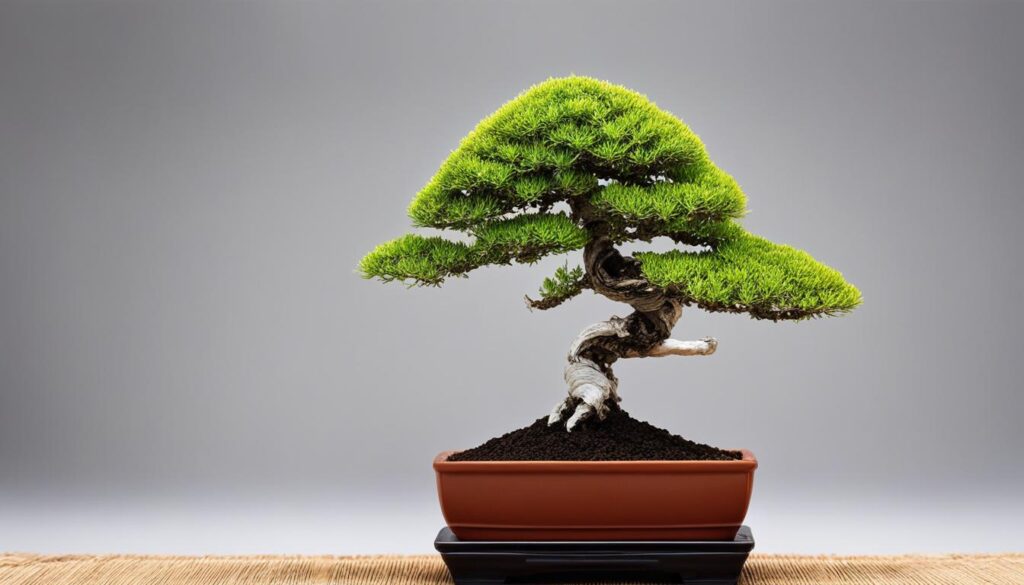
The pH level of soil is a critical factor in the growth and health of plants. When it comes to akadama soil, understanding its pH characteristics is essential for selecting appropriate plants and maintaining optimal growing conditions.
Akadama soil is known for its neutral pH, making it a versatile choice for a wide range of plants. Unlike other types of soil that can be either acidic or alkaline, akadama soil offers a balanced pH level that promotes healthy root development and nutrient absorption.
Its neutral pH level also allows for greater control over the growing environment, as it can be easily adjusted to meet the specific needs of different plant species. Whether you’re growing acid-loving plants or those that thrive in alkaline conditions, akadama soil provides a neutral base that can be tailored to suit their requirements.
By maintaining a neutral pH, akadama soil creates an ideal foundation for plants to thrive. It strikes a balance between soil acidity and alkalinity, ensuring optimal conditions for root health, nutrient availability, and overall plant vigor.
Is Akadama inorganic?
The composition of bonsai soil plays a crucial role in the health and development of bonsai trees. When it comes to akadama soil, there is often a question of whether it is considered organic or inorganic. Let’s explore the nature of akadama soil and its implications for bonsai cultivation.
Akadama soil is derived from a specific type of clay found in Japan. It is known for its unique characteristics that make it ideal for growing bonsai trees. The soil is formed through a natural weathering process and is sifted to remove impurities, resulting in a consistent texture and particle size.
The mineral composition of akadama soil consists primarily of clay minerals, including montmorillonite and kaolinite. It also contains varying amounts of other minerals, such as quartz, feldspar, and iron oxides. These mineral components contribute to the soil’s ability to retain water while providing excellent drainage.
In terms of its classification, akadama soil is considered to be inorganic due to its mineral composition. Unlike organic soil, which is derived from decomposed plant and animal matter, akadama soil does not contain organic matter. This characteristic gives it a distinct advantage in bonsai cultivation.
One of the benefits of using inorganic soil like akadama is its long-lasting properties. Organic soil tends to break down over time, losing its structure and nutrient content. In contrast, akadama soil maintains its stability and drainage capabilities for a longer period, promoting healthy root development and reducing the risk of waterlogged or compacted soil.
It’s important to note that while akadama soil is inorganic, it can still support a thriving bonsai ecosystem. Bonsai trees rely on a well-structured soil mix that provides a balance of water retention and drainage. Akadama soil, when combined with other components such as pumice and lava rock, creates an ideal growing medium for bonsai trees.
Akadama soil’s inorganic nature and unique composition make it an excellent choice for bonsai enthusiasts. Its mineral properties contribute to enhanced drainage and water retention, crucial elements for maintaining optimal root health and overall tree development.
How do you water Akadama?
Proper watering is crucial for maintaining the health and vitality of bonsai trees. When it comes to watering akadama soil, it’s important to implement strategies that promote optimal moisture retention while preventing over or under watering. Follow these guidelines and tips to ensure your bonsai trees thrive:
- Observe the soil moisture: Check the soil moisture level regularly by using your finger or a moisture meter. Aim to maintain a balance where the soil is moist but not saturated.
- Water thoroughly: When it’s time to water, pour water evenly across the surface of the soil until it starts to drain out of the drainage holes at the bottom of the pot. This ensures that the water reaches the roots and allows for adequate drainage.
- Establish a watering routine: Bonsai trees require consistent watering, but the frequency can vary based on factors such as temperature, humidity, and the size of the pot. Monitor the moisture level regularly and adjust the watering schedule accordingly.
- Avoid standing water: Avoid leaving your bonsai tree in standing water as it can lead to root rot. Ensure that excess water drains out completely from the pot.
- Consider humidity: Bonsai trees thrive in environments with moderate humidity. You can increase humidity by misting the leaves occasionally or placing a tray of water near the tree to allow for evaporation.
Remember that maintaining the right balance of moisture is key. Overwatering can suffocate the roots and cause root rot, while underwatering can lead to dehydration and nutrient deficiencies. By following these watering techniques and keeping a close eye on your bonsai’s soil moisture levels, you can ensure your Akadama soil provides optimal conditions for your bonsai tree’s growth and overall health.
What is the Difference Between Akadama and Aqua Soil?
If you’re an avid gardener or bonsai enthusiast, you may be familiar with both akadama soil and aqua soil. While they are both substrates used in plant cultivation, they have distinct differences that set them apart. Let’s explore the characteristics of each and how they differ from one another.
Akadama soil is a Japanese clay soil that has gained popularity in the world of bonsai. It is known for its excellent drainage properties, which allow for optimal root health and development. Akadama soil also has good water retention capabilities, ensuring that your bonsai trees receive adequate moisture without becoming waterlogged.
Aqua soil, on the other hand, is specifically designed for aquatic plant cultivation. It is a specialized substrate that provides essential nutrients for healthy plant growth in aquariums. Aqua soil typically contains a blend of volcanic ash, peat, and other organic matter to support the unique needs of aquatic plants.
One key difference between akadama soil and aqua soil is their composition. Akadama soil is primarily made up of clay particles, while aqua soil contains a mixture of volcanic ash, peat, and other organic materials. This variation in composition reflects their different applications – akadama soil for bonsai trees and aqua soil for aquatic plants.
When it comes to choosing between akadama soil and aqua soil, it’s important to consider the specific needs of your plants. Akadama soil is ideal for bonsai trees and other plants that require well-draining soil with good moisture retention. Aqua soil, on the other hand, is tailored for aquatic plants and provides the necessary nutrients for healthy growth in water-based environments.
In summary, akadama soil and aqua soil are two distinct substrates with different properties and applications. Akadama soil is popular among bonsai enthusiasts for its excellent drainage and water retention capabilities, while aqua soil is specifically designed for aquatic plant cultivation. Consider your plant’s requirements and choose the substrate that best suits their needs.

